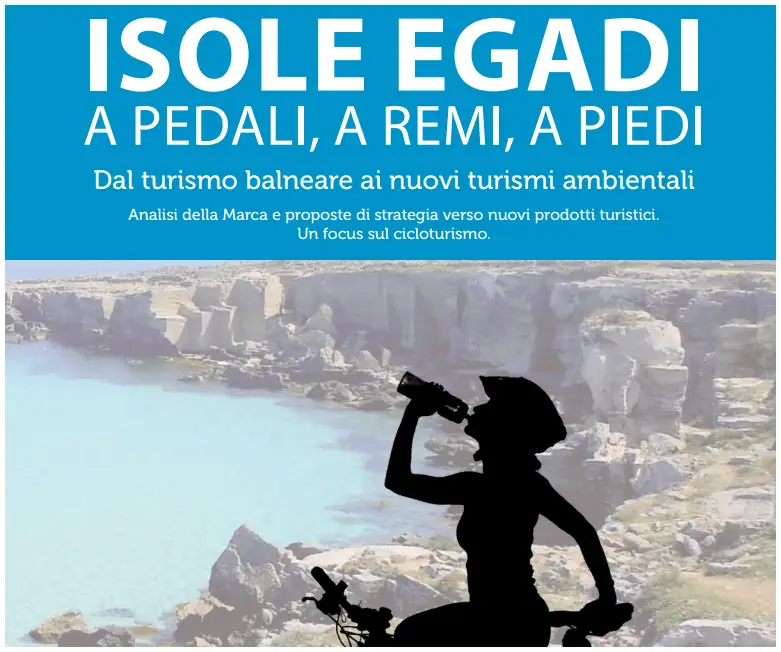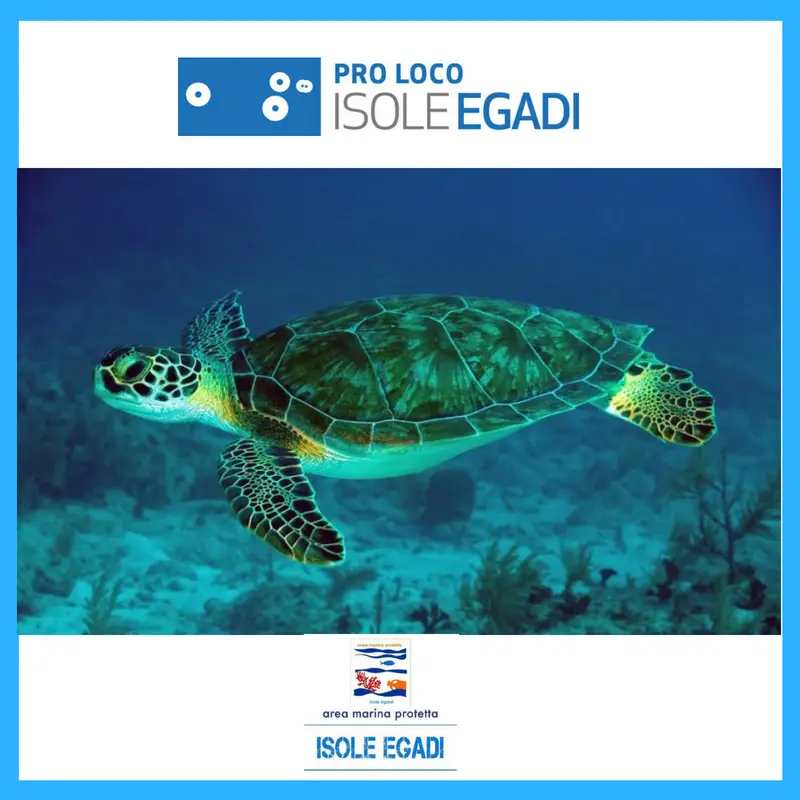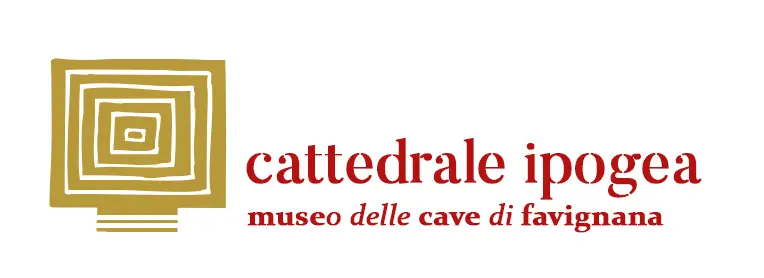Biodiversity in the Mediterranean sea
The natural systems and biogeochemical cycles that biological diversity generates allow for the stable functioning of the atmosphere, oceans, forests, various territories, and water basins. These constitute the prerequisites for the existence of human society and all other species that inhabit our planet.
However, biodiversity is currently declining at an alarming rate. In the seas alone, over 8,500 species are on the Red List, identified by the International Union for Conservation of Nature (IUCN) as either ‘threatened’ or ‘near threatened’.
The Mediterranean Sea, in particular, despite representing only 0.7% of the global ocean surface, is home to around 17,000 marine species, both plant and animal. This equates to 18% (ranging from 4 to 25% depending on the taxonomic group) of the total number of species inhabiting the rest of the world’s seas. Therefore, it can be deduced that the Mediterranean has a species richness per area approximately 10 times higher than the global average, making it one of the most important ecosystems in the world for its high biodiversity.
Unfortunately, however, human activities (such as fishing, urbanisation, transport, industry, and tourism) exert continuous environmental pressures that often result in the alteration of ecological balances, loss of biodiversity, and habitat degradation. The Mediterranean Sea is considered one of the seas where the consequences of climate change will be most visible in the years to come.
Many scientists and sea users have observed the arrival and spatio-temporal evolution of new marine species, some of which are 1 invasive. Furthermore, it is also important to study the differences and the interplay between Marine Protected Areas (MPAs) and areas open to free access. The Sicilian coasts, with the presence of several MPAs, are well-suited for such a study. Even these areas, despite being safeguards and protections for marine habitats and species, show a clear loss of the availability of good quality information on environmental factors and pressures from human activities. The presence and distribution of different species, obtained through systematic research and sophisticated statistical analysis techniques, would allow for the identification of the most appropriate management and protection strategies to safeguard and preserve the marine environment, prevent its degradation, and, where possible, proceed with the restoration of marine ecosystems.
It is desirable to encourage eco-friendly behaviour in tourism. The aim is to protect the natural and cultural heritage and continuously improve the management of tourism in favour of the environment, the local population, businesses, and visitors. In this regard, for our observation activities, to promote the marine environment and monitor its parameters, we design, build, and then utilise prototypes and very modern systems.
For more information about the EGADI ISLANDS MARINE PROTECTED AREA, visit the offiial website





